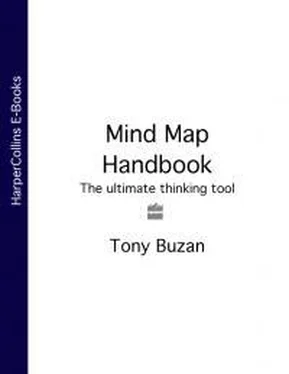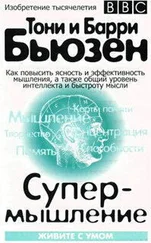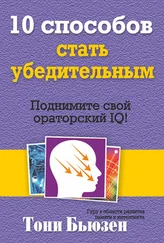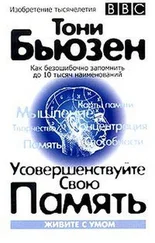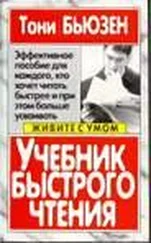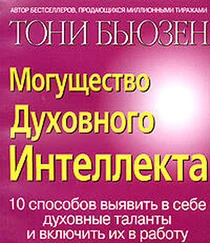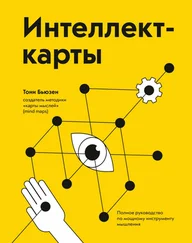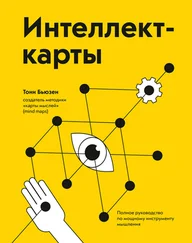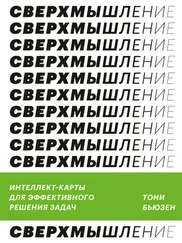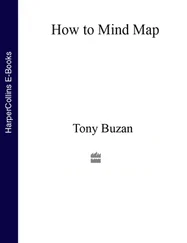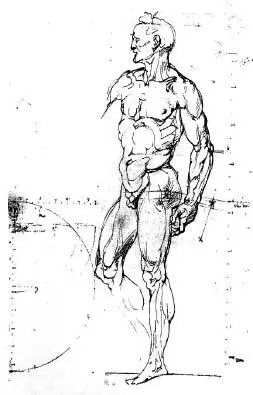
The second is a sketch by Leonardo, in which his method for arriving at the final form of a horse is made even more clear. Leonardo segmented the legs into their constituent parts and, like you have now learned to do, divided the body into the basic art building-blocks – later on filling in the final, defining lines. Like Michelangelo, Leonardo was observing nature as a scientist does, using his eyes’ natural talent for observation to produce work we now call masterpieces.
Both Michelangelo and Leonardo actively developed their powers of observation, and then ‘drew by numbers’!
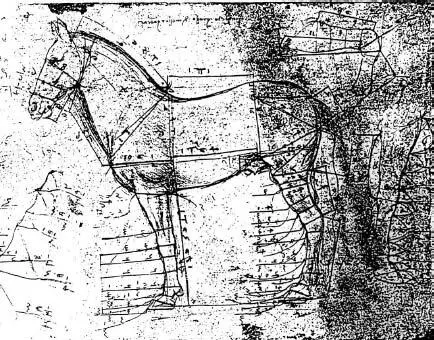
All the great artists did not suddenly and spontaneously draw. First of all they observed very closely what it was they wanted to draw, then they analysed and measured it, and then they ‘copied’ it from their mind’s eye onto the paper. Indeed, Leonardo far preferred people to consider him a copier of nature than an ethereal, ‘airy-fairy’ ‘artist’.
In your next Creativity Workout you will have the opportunity to develop your new-found skills, but first there is another amazing discovery for you: You are such an amazing artist, you cannot NOT draw!
Creative Art Game Number 2
In this Creativity Game you will be given a number of building blocks for drawing, much like a child’s wooden bricks.
These building blocks are the simple forms of ovals, triangles, squares, rectangles, etc. The game is for you to start with any given shape of nature. These appear in the top diagram here, and include circles, straight lines and curved lines, and to add any of the other shapes in any way you want, until your brain ‘sees’ a form of some sort emerging.
Using your basic artistic building blocks, complete the form in the way your brain desires. When you are doing this exercise, you are allowing your brain to use that amazing capacity it has when it looks at clouds, snow-covered landscapes, or patterns in wood and rocks and flickering flames, and ‘sees’ all sorts of forms that become animals, monsters, faces, or landscapes.
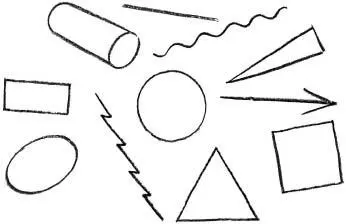
Basic artistic building blocks
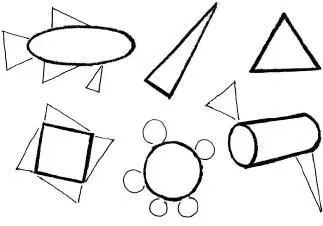
Basic blocks with additions
In the second diagram (see here) you will find examples of six basic shapes, of which four already have a little bit of additional doodling added to them.
If you wish you can add to any of them, or see here for how these particular doodles were continued by the artist. Sometimes the ‘form’ becomes obvious by moving the page around where the different angle and different perspective suddenly make the final picture ‘click’ into place.
You are now equipped with the knowledge that you are Creative, that you are naturally artistic, that you can even draw with the hand you have never used before, with the formulas of the greatest artistic creators of all time, and with the basic tool-kit for expanding your own vast artistic creative powers. It is now time for a Creativity Workout.
Creativity Workout
1. Doodle
On a clean sheet of paper, and using the basic building blocks described here, doodle with the basic shapes until each forms a recognizable image.
2. Learn the Creative Artist’s Measuring Trick
Have you ever noticed when watching real artists at work, or when seeing films of the greats such as van Gogh and Michelangelo, that they are regularly doing something which seems very eccentric: holding pencils or paintbrushes up in the air with a straight arm, while flailing that arm about? You are about to discover how what they were doing helped to make them great, and how it can help you in your own creative development.
When you are with a group of people, or can see people at varying distances, take a pencil or pen, hold it at arm’s length, and measure the ‘size’ of the various heads. Before you start measuring, estimate how much of the length of your pen or pencil that head will take up.
Here’s how you measure: place the top of the pencil at the level of the top of the person’s head. Then slide your thumb down the pencil from the top to the point where your thumb is level with the person’s chin. As I mentioned, make sure you try this with people both near and far away.

The results of this exercise will have introduced you to a scientific/artistic/creative seeing tool that was unknown to all the geniuses of Asia, India, the Middle East and Greece, being discovered only by those phenomenal flowering creative geniuses of the Italian Renaissance just 600 years ago.
3. Can you Cartoon? Of Course you Can!
Here you will see a number of cartoon figures that help to illustrate facial expressions. Simply copy them, measuring and comparing carefully as you go. If any of them are not as perfect as you would like, don’t rub them out – keep them to compare later efforts with and, using your increasing knowledge, try doing them again after a few weeks.
4. Practise!
Practise drawing with your ‘other’ hand. Using both hands (ambidexterity) is a very good method of generally increasing your creative abilities. Use your artistic building-block kit to practise too. Once a week, doodle for 5–10 minutes with your basic artistic building blocks, thus keeping your Creative Artistic Muscle in good shape.
5. Join an Art Class!
Now that your artistic career has been restarted, browse through introductory books on how to draw, and consider joining drawing or painting classes, or take a painting holiday – they are both relaxing and inspiring.

6. Visit Galleries
Armed with your new knowledge of the ‘Science of Art’ visit art galleries and museums, and look with fresh eyes at the work of human beings who, just like you, had the ability to draw and paint, but who had the opportunity of having teachers who showed them the techniques you have just learned. They copied their teachers and the great masters before them. You copy them!
7. Learn How to See
Whenever Michelangelo or Leonardo went for walks, they would especially look out for interesting or beautiful faces, striking objects in nature, old buildings, etc. When they found something striking, they would observe it, close their eyes and try to ‘picture it’, and then observe it again. On the second observation, they would match their memory of what they had seen with the reality. They would repeat this exercise until the memory was virtually the same as what they were looking at, and they could almost not tell whether their eyes were open or closed. Having thus seen (memorized) the object of their attention, they would go back to their studios and draw (record) it.
Try this incredibly interesting game yourself. You will find that as you repeat it, your ability to draw will improve, and so – equally importantly – will your ability to see and remember.
Читать дальше
